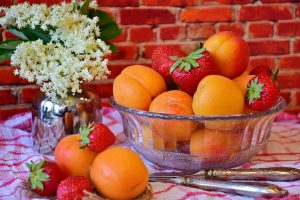
Free Verse Poem – Tiredness
Bad things happen when you are tired, they say
Just let me be for now, I need to rest.
Rest a little, but you must keep moving
there is no time to spend wastefully.
Exhaustion slowly taking over my tired mind
Show me the way to solitude please. I need it
It is hours that I have been lying here awake
a dream coming on, I’m in a hopeless state
A perfect place to sleep in those shadows
My insecurities within the tiredness show
Sleep didn’t honour me with it’s presence
So I will follow you, which way do I go now.
Copyright © 2019 Elsie Hagley
What is Free Verse Poetry? – No limitations – What is the difference between blank verse and free verse? The difference is in the structure. Both blank verse and free verse are free from rhyme scheme. But, whereas blank verse does have a consistent meter, usually iambic pentameter, that creates a du-DUM rhythm effect, free verse is free from both meter and rhyme. It is free from the limitations of verse poetry.








